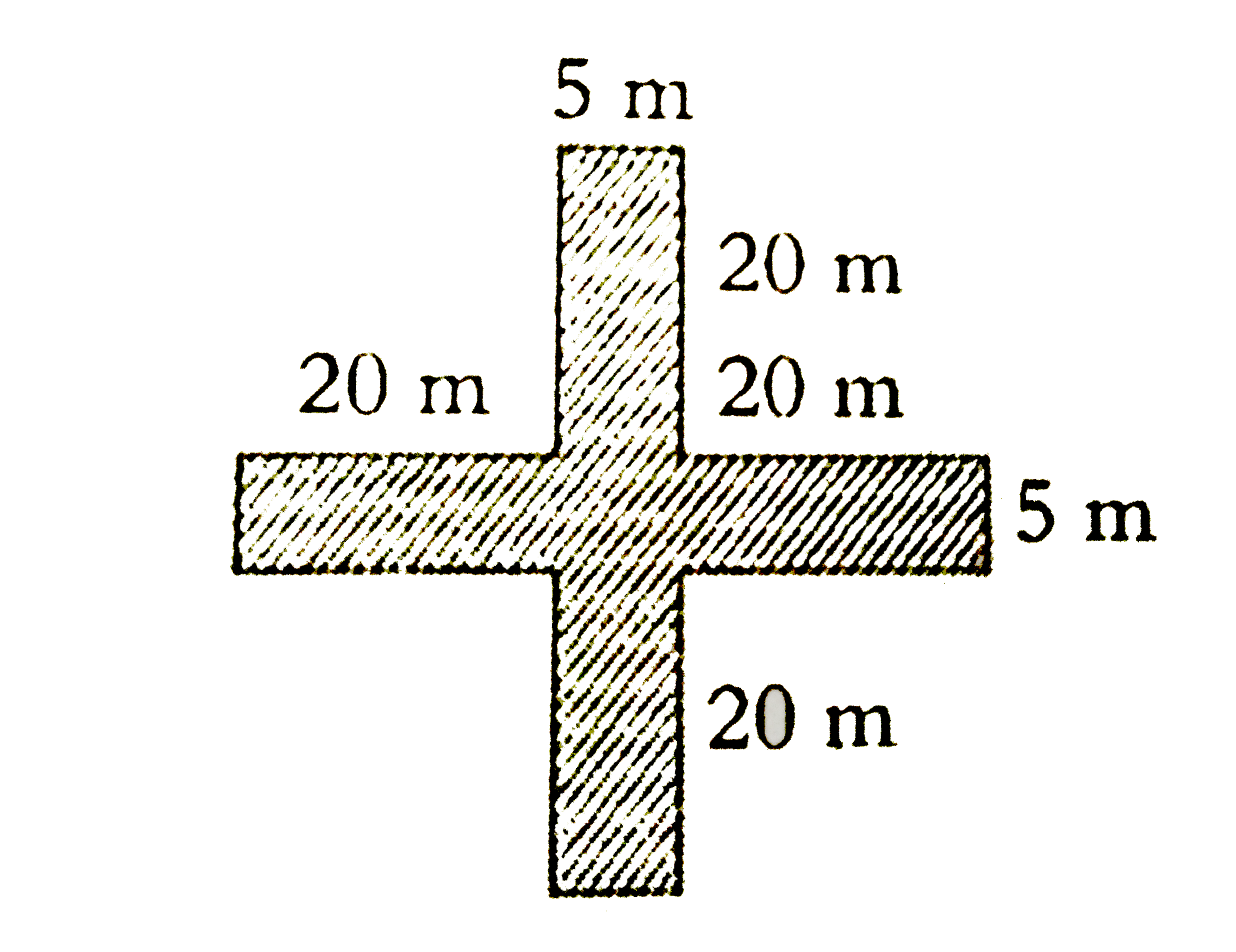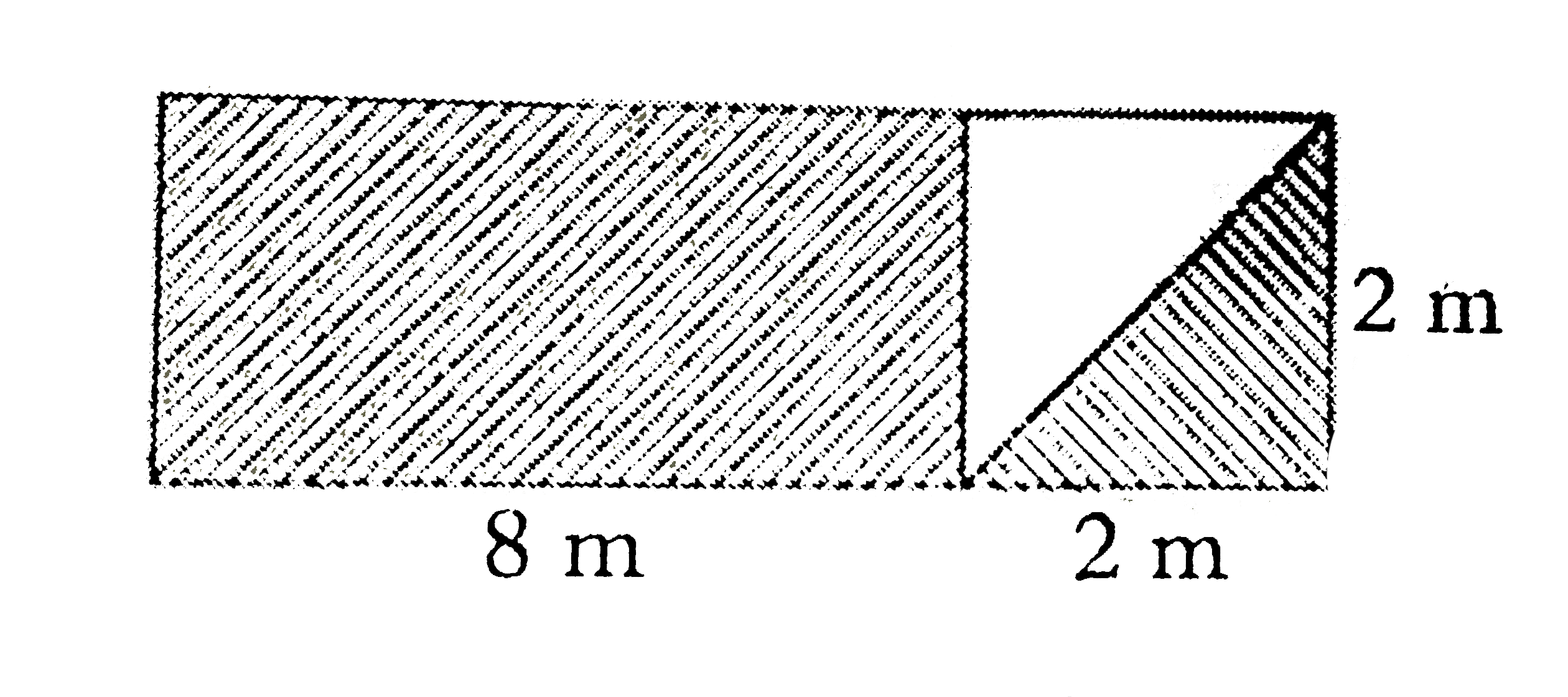Text Solution
The correct Answer is:a→q'b→s;c→p;d→r
a. ∣∣→a+→b+→c∣∣=√6
⇒→a2+→b2+→c2+2→a.→b+2→b.→c+2→c.→a=6
|→a|=1
b. →a is perpendicular to →b+→c
⇒→a.→b+→a.→c=0
→b is perpendicular to →a+→b
⇒→b.→b+→b.→c=0
→c is perpendicular to →a+→b
⇒→c.→a+→a.→c.→b=0
Form (i), (ii) and (iii), we get
→a.→b=→b.→c=→c.→a=0
∣∣→a+→b+→c∣∣=7
=c. (→a.→c)(→b.→d)−(→b.→c)(→a.→d)=21
d. we know that [→a×→b→b×→c→c×→a]=[→a→b→c]2
and[→a→b→c]2=∣∣
∣
∣∣→a.→a→a.→b→a.→c→b.→a→b.→b→b.→c→c.→a→c.→b→c.→c∣∣
∣
∣∣=∣∣
∣∣422242224∣∣
∣∣
32
[→a→b→c]=4√2
|
Similar Questions
Find the area of the figure given below.

View SolutionThe area of the shaded part in the figure given below is ______.

View SolutionThe inequation represented by the graph given below is :
View SolutionThe inequation that best describes the graph given below is _________
View SolutionThe inequation that best describes the following graph is _________
View SolutionWhich inequations represent the shaded region in the given figure
View SolutionIn the chemical reactions,
ltimg src="https://d10lpgp6xz60nq.cloudfront.net/physics_images/JM_10_CHE_P1_E01_009_S01.png" width="80%"gt
the compounds 'A' and 'B' respectively are
View SolutionMatch the followings (column I with column II)
ltimg src="https://d10lpgp6xz60nq.cloudfront.net/physics_images/NCERT_BIO_XI_C03_E01_011_Q01.png" width="80%"gt
View Solution


